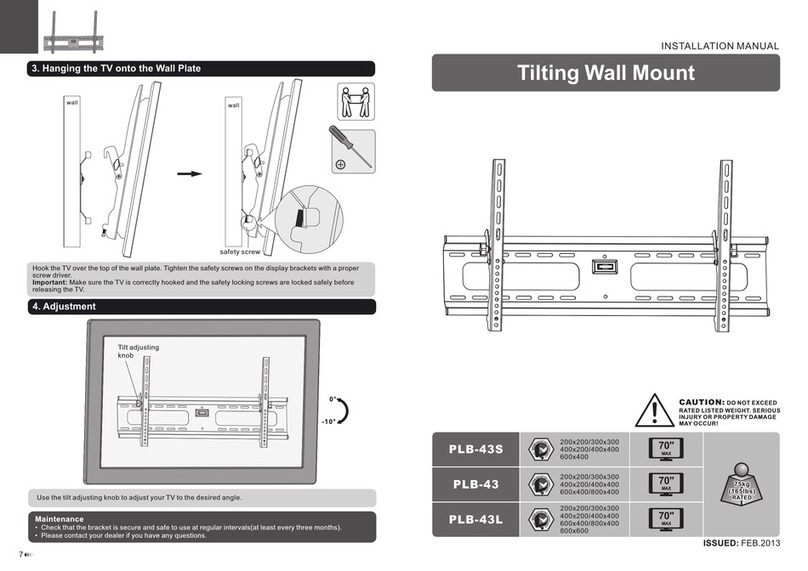
Parts Diagram
PART I : SETTING UP THE AZ-GTix MOUNT
PART II :OPERATING YOUR TELESCOPE
PART IV : USING THE AZ-GTix MOUNT
PART VII : SPECIFICATIONS
1.1 Setting up the Tripod
1.2 Attaching the AZ-GTix Mount to the Tripod
2.1Aligning and using the finderscope
2.2 Focusing the telescope
2.3 Choosing the appropriate eyepiece
4.1 Istalling the Telescope and Camera
4.2 Manually Rotating the Mount
4.3 Control with a SynScan Hand Control
4.4 Control with a Mobile Device
4.5 Wi-Fi Connection
4.6 Freedom Find Function
7.1 Dimensions
7.2 Specifications
5
4
8
12
18
6
8
13
18
9
13
13
13
14
1.3 Telescope Assembly 6
1.4 Finderscope Assembly 6
1.5 Eyepiece assembly 7
CONTENTS
PART III :ELECTRONIC CONTROL INTERFACE
3.1 Control Panel
3.2 Panel Interface Components
3.3 Pinout of The Interfaces
10
10
11
3.4 DSLR Control Cable
3.5 External Power Supply Requirements
11
11
PART VI : PROPER CARE FOR YOUR TELESCOPE
6.1 Cleaning Your Telescope 17
PART V : OBSERVING THE SKY
5.1 Sky Conditions 15
5.2 Selecting an Observing Site
15
5.3 Choosing the Best Time to Observe
15
5.4 Cooling the Telescope
16
5.5 Adapting Your Eyes 16






































